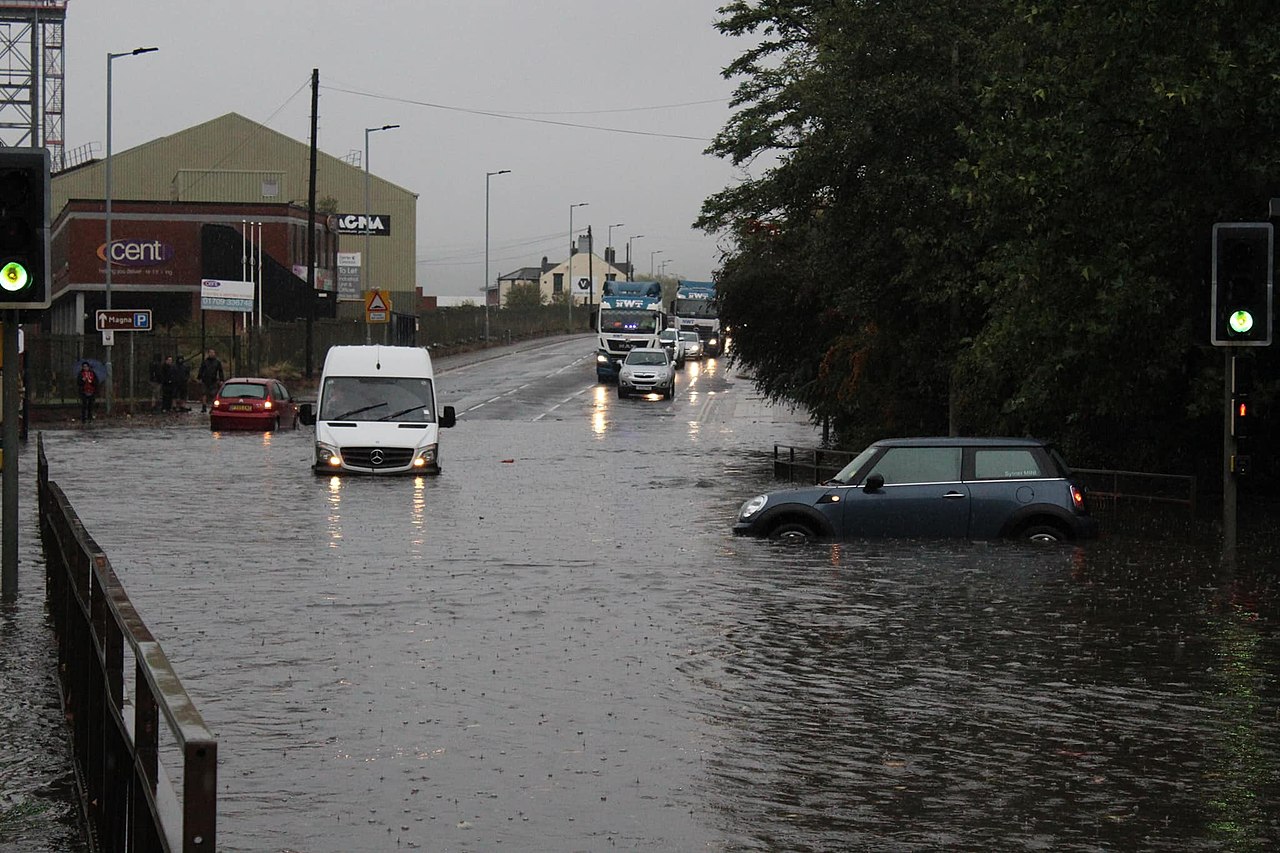Reaction: unprecedented floods and droughts make risk management more difficult
A study published in Nature shows that, in the face of climate events such as extreme droughts and floods, which are likely to increase as a result of climate change, risk management strategies may not be sufficient. The study analyses 45 pairs of data on such events with an average of 16 years between them, including the Barcelona floods of 1995 and 2018.

Annelies Broekman - gestión del riesgo sequías e inundaciones
Annelies Broekman
Member of the Water and Global Change Research Group at the Centre for Research in Ecology and Forestry Applications (CREAF), at the Autonomous University of Barcelona
The purpose of risk management is to reduce the impact of climate events such as droughts and floods through the implementation of policies and strategies that can prevent, reduce and manage these events, building the resilience of territories. The work of Kreibich and his collaborators explains that, although the introduction of risk management at the global level has proven to bring concrete benefits, the impacts of floods and droughts are still very significant. With climate change projections indicating an increase in events of greater magnitude and intensity than those experienced to date, improvements in risk management are key.
To be effective, risk management must be based on a sound understanding of several factors: biophysical dynamics (hazard); the degree to which people and assets are exposed to these events; and their capacity to react when affected (vulnerability). Previous work has focused primarily on vulnerability reduction as the key to impact reduction, while this study clearly indicates that damage reduction must also consider hazard and exposure factors which, together with vulnerability, form a complex system of interactions. Furthermore, it highlights the lack of empirical data needed to really know whether the risk management strategies that have been adopted to date have been effective or not.
The study analyses a two-by-two comparison of 45 flood or drought events that occurred in the same area 16 years apart on average, representing the differences between the first event (baseline) and the second, using concrete indicators that allow the quantification of impacts directly (deaths, monetary damage), or indirectly (e.g. traffic disruption or tourism), as well as taking into account intangible impacts (e.g. impact on health or cultural heritage).
The authors explain that these two typologies of climate phenomena have been analysed together because of the similarity of some of the risk reduction management methods between floods and droughts (e.g. early warning systems or reservoir management) and, therefore, allowing the communities involved to learn from each other.
The results indicate that societies tend to learn from extreme events, adopting measures to cope with them. However, the study shows that, in most cases, if the event is more extreme than the one already experienced, so are the impacts, and that measures to reduce vulnerability alone cannot reduce damages. On the one hand, this can be explained by the fact that large infrastructures such as dams and reservoirs usually have a design limit up to which they are effective, but once a threshold is exceeded, they become ineffective. Non-structural measures, such as good spatial planning, awareness raising and warning systems, can only partially help to reduce damage. On the other hand, the measures taken are mostly reactive and, because of human risk perception, which does not give credence to the memory of what has been experienced and projections for the future, are rarely proactive.
The study reveals that changes in vulnerability have been less successful in reducing the impact of drought than the impact of flooding, where improving risk management appears to be more difficult. This difficulty may be related to the fact that measures designed to reduce drought impacts in one sector may increase impacts in another. For example, irrigation to alleviate drought in agriculture may increase the impacts of drought on drinking water supply and ecosystems.
Interestingly, the study also considers that the same actions taken to manage droughts and floods can exacerbate their impact, considered in the study as risk management deficiencies. For example, the construction of dykes, adopted to prevent a river from overflowing, can encourage settlement on flood plains, thereby increasing people's exposure to danger through a sense of false security. Similarly, the construction of reservoirs to mitigate the effects of droughts can increase exposure by encouraging the development of irrigated areas and thus increasing the demand for water.
In conclusion, the study highlights that, in the face of extreme weather events, it is essential to adopt an integrated approach to the different components of risk and manage the impacts on the territory through institutional changes (such as the creation of emergency response agencies and coordination structures); foster improvements in governance and the effective implementation of non-structural measures, such as the use of climate services; and the improvement of early warning to complement structural measures that will not guarantee protection of the local socio-economy from unprecedented out-of-scale events.
Heidi Kreibich et al.
- Artículo de investigación
- Revisado por pares
